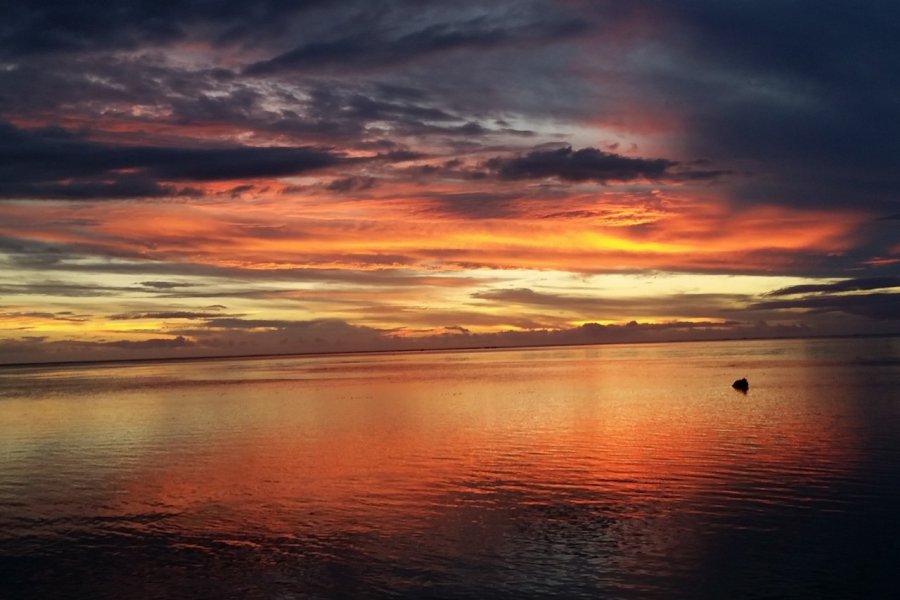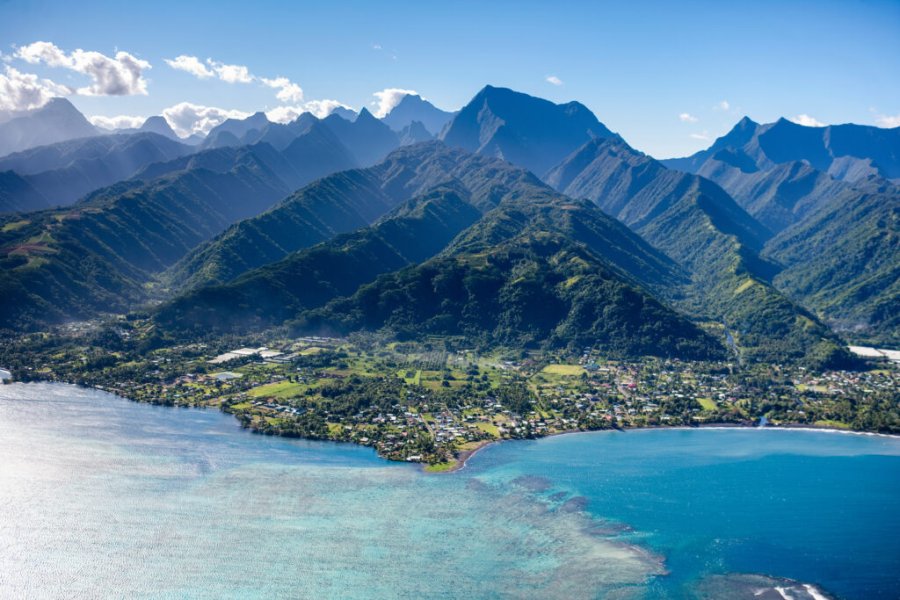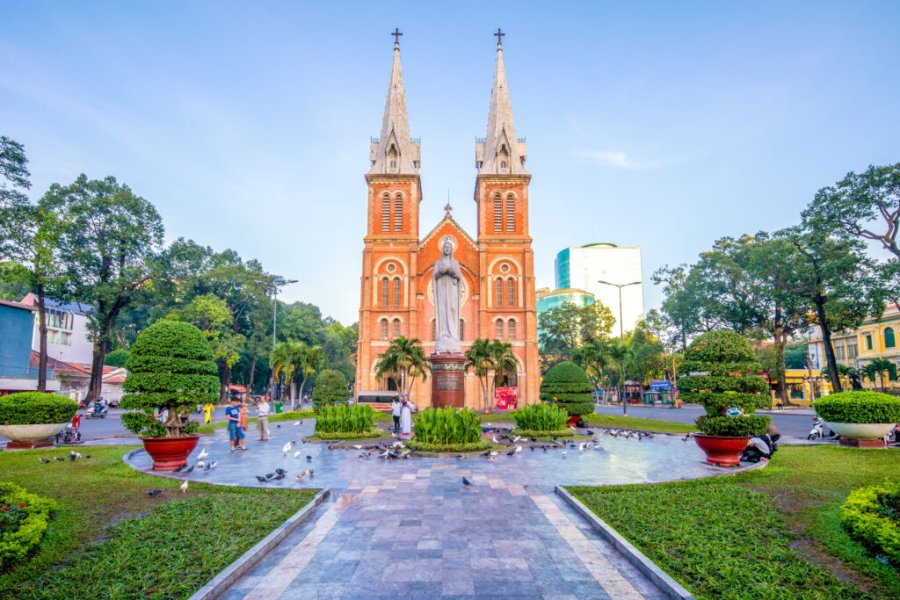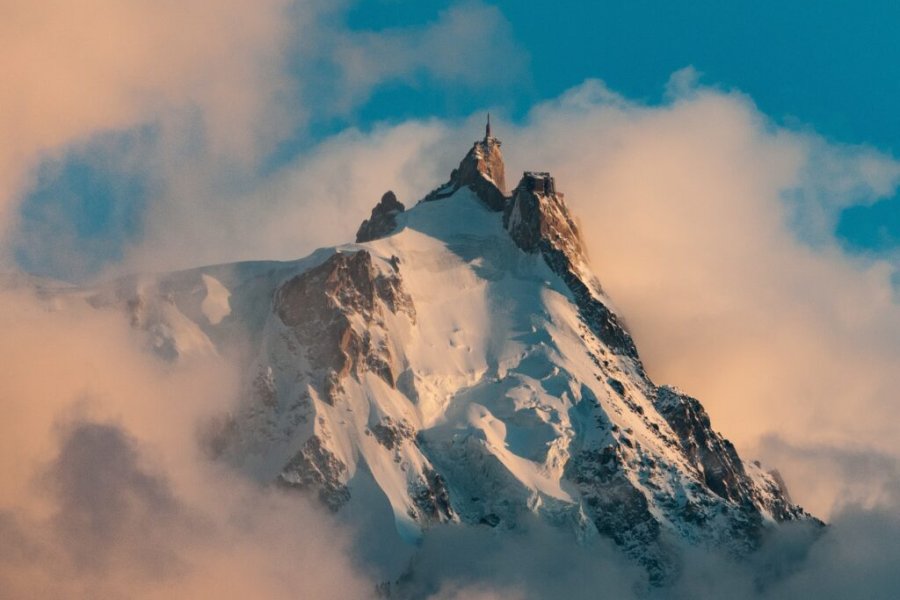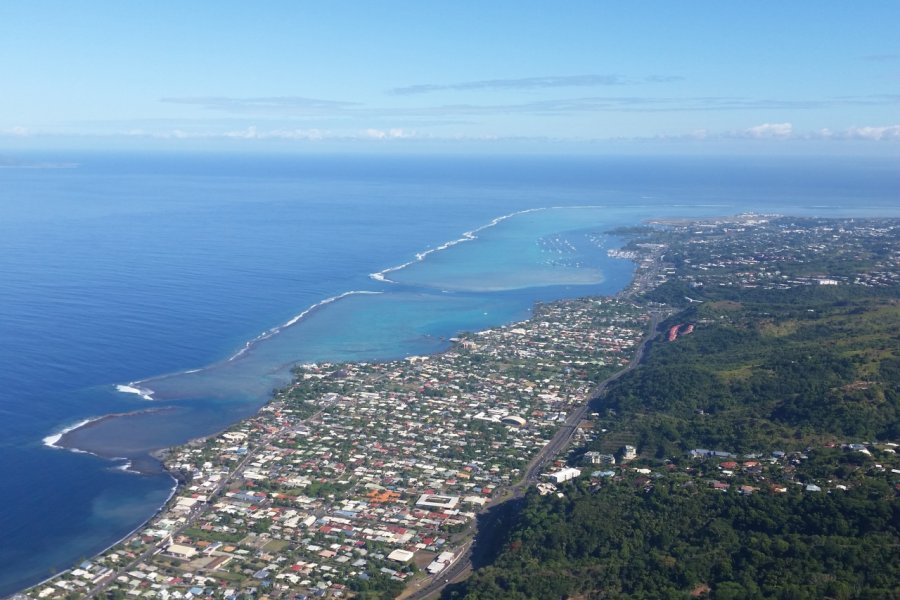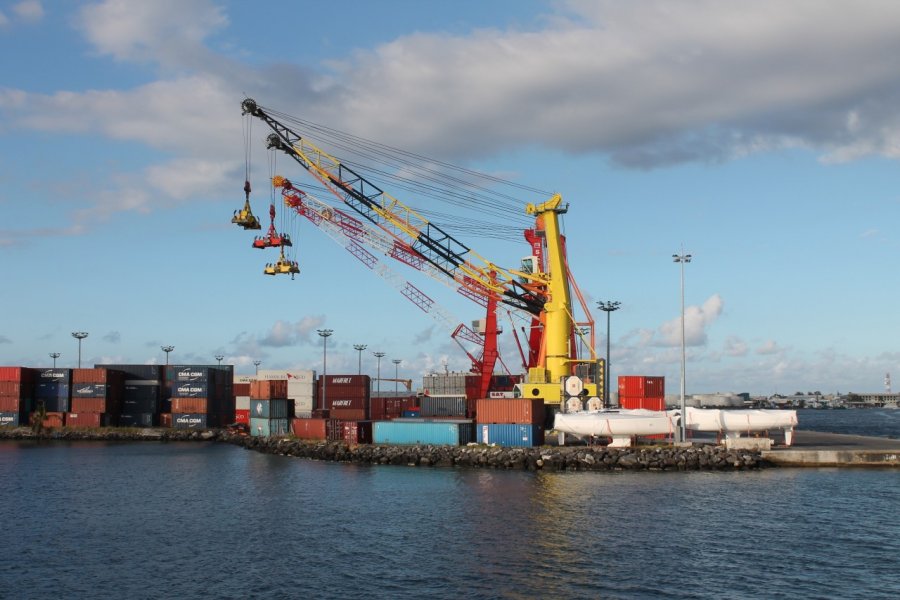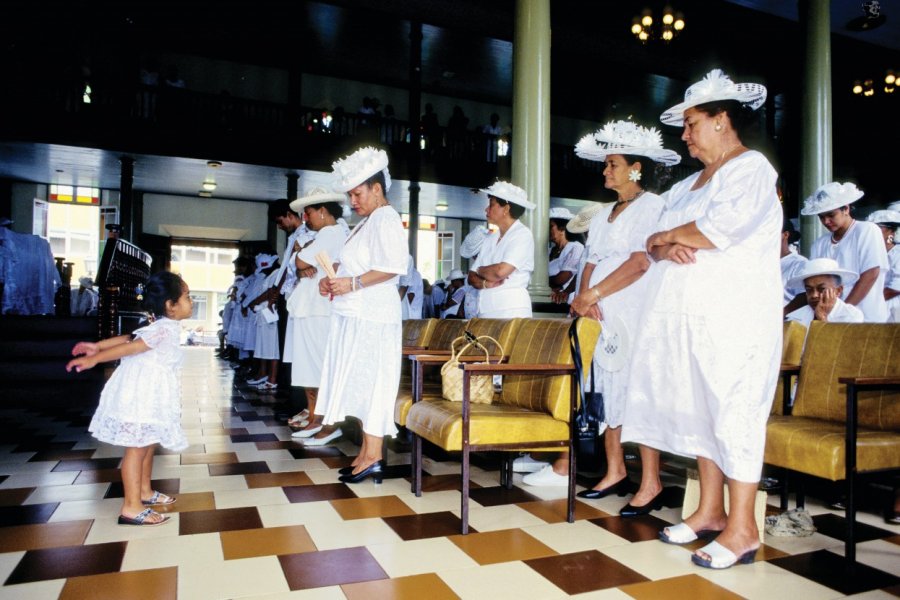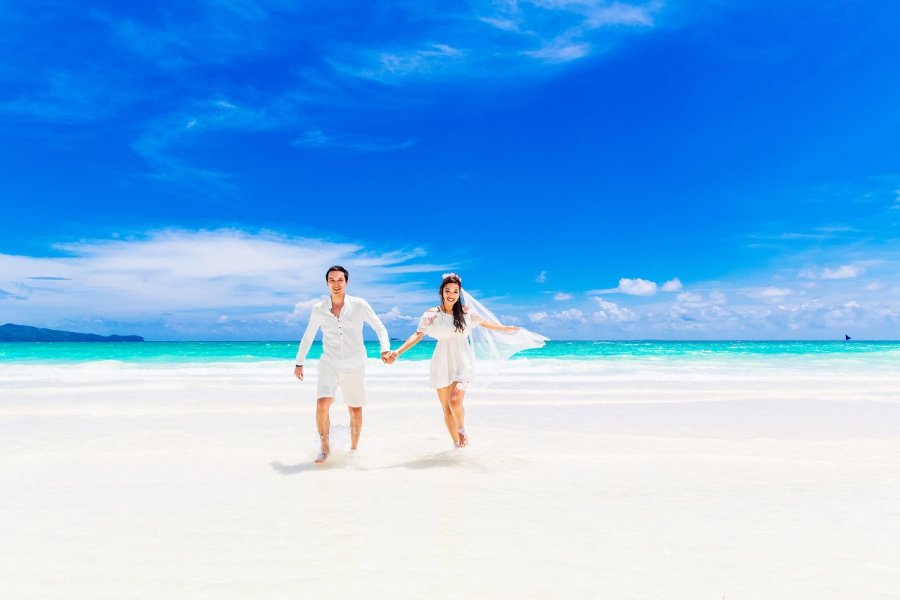Travel Guide Tahiti
As part of the Windward Islands group (Society Archipelago), Tahiti is the largest and most populated (about 190,000 inhabitants) of all the islands of French Polynesia. At the same time, seat of the capital - Papeete, the only large city in French Polynesia -, centre of the economy and administration, gateway to the world, it is the main island, and the only one that is urbanized. From Tahiti, all travellers will radiate towards the five Polynesian archipelagos. If Papeete does not really correspond to the image of the terrestrial paradise conveyed by our collective imagination, it nevertheless shelters an unavoidable market, a splendid waterfront, a plethora of museums and precious pearl shops. The Tahiti tourist guide will also lead you to discover the island's excellent cuisine (raw fish, lobsters or half-cooked tuna!), by the sea to observe dolphins and whales, or even under the sea for a memorable scuba diving session, on a 4x4 excursion in the Papenoo Valley and its lush vegetation, its superb waterfalls and steep peaks... A trip to Tahiti is an unforgettable adventure, and will certainly leave it with some bright memories in the hearts of passing sailors.
What to visit Tahiti?
Suggested addresses Tahiti
When to go to Tahiti?
When to go to Tahiti? To know when to go to Tahiti, knowing that the weather is good all year round, several parameters must be taken into account. The climate on Tahiti is tropical with two seasons, the southern winter (dry season) running from May to October, and the southern summer (rainy season) running from November to April. During the dry season, which is the most pleasant, there is little rain; the air is dry and temperatures range from 24°C to 29°C. If you stay in a high place, on a mountainside, the nights can be cool (20°C). As for the water temperature, it's great all year round; it varies little between 27 °C and 29 °C, and rarely goes below 25 °C at minus 50 m (no need for a wetsuit to dive!). The high season, which runs from May to October (and for Christmas and New Year's Eve) is certainly the best time to go to Tahiti. The low season is from November to April. The months of December and January are traditionally very low!
Weather at the moment
Tahiti's weather is dependent on a tropical climate alternating between two seasons: the austral winter (or dry season) runs from May to October, and the austral summer (or rainy season) from November to April. Rains are rare during the austral winter and the air is drier. Temperatures in Tahiti range from 24°C to 29°C (slightly cooler in the highlands, around 20°C).
The currency in Tahiti is the Pacific franc. Everything is very expensive, so you have to find out what the price is for. Some may find the pill bitter! This very high cost of living is the consequence of the importation of many products into Polynesia, and of taxation. In Tahiti, everything has to be imported, from very far away and in very small quantities, which increases transport costs. Money is spent here at an incredible speed, and your relationship to money will quickly change in Polynesia.
For any French citizen, traveling to Tahiti and French Polynesia is quite simple since all you need is a simple ID card, the national ID card. However, airlines making stopovers with passengers in transit in Japan or the United States require that you present to immigration services an up-to-date biometric passport, valid for at least six months after your return date. By the way, customs in Los Angeles are not very welcoming: even for a simple transit, you need to fill out an ESTA Authorization online at this address: esta.cbp.dhs.gov/esta/ (you have to pay US$ 14 to have this document validated).
Tahiti's health situation and overall hospital infrastructure is comparable to that of Western countries. Tahiti has two clinics (Cardella and Paofai) and two hospitals (Mamao Territorial Hospital, near Papeete, and Taravao Hospital). Tahiti is, of course, the island of French Polynesia with the best supply of general practitioners and specialists. In addition to sunburn and sunstroke, nono bites, tourista, as well as wounds due to coral or any other injury, which must be disinfected, beware of mosquitoes at all costs! Because if Polynesia has no predator for humans, it can potentially cause you a lot of trouble: dengue fever is relatively widespread, as well as chikungunya, and Zika to a lesser extent. Almost all Polynesians have already caught them, and all of them will tell you that it is not very funny... In Tahiti, drinking water is sold in bottles.
Practical information
- When to travel?
- Weather forecast
- Budget
- Formalities
- Health
- How to travel by yourself?
- How to get organized?
- Getting around
Media
How to go to Tahiti? Our advice & tips
A large number of tour operators offer French Polynesia: combined islands, cruises (catamarans or ocean liners) and diving holidays are in the spotlight, but there are also offers of cultural tours or hikes. Finally, proposals for boarding houses are also very frequent. However, the destination is very popular with lovers who want to celebrate their idyll at the end of the world in postcard settings.
Discover our selection of travel agencies for this destinationThe journey to Tahiti is long, but you will find many airlines offering flights with stopovers. Note that the price variation depends on the company borrowed, but above all, of course, on the booking time. For the best rates in high season, buy your tickets six months in advance. For shorter periods, a much shorter time frame should not prevent you from getting a good price.
Going to French Polynesia is a long and tiring trip. Once you arrive, it's not over, you still have to move around a territory as big as Europe! With 118 islands and as many ways to get there, travel will represent a good part of your budget. But don't worry, traveling in Polynesia is already fun! The territory is equipped with an efficient, original and varied transportation network, and not necessarily always expensive. On land, on sea or in the air, here are all the keys to travel to the islands, between the islands and on the islands.
